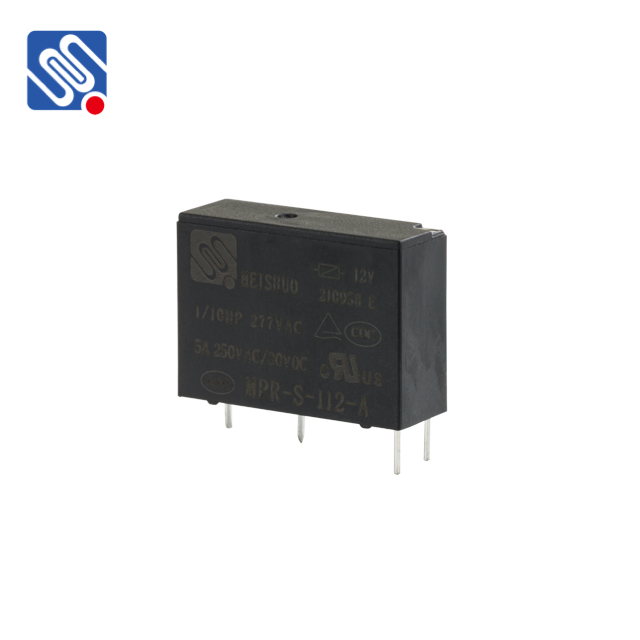relay stability: understanding its importance in control systems
Release time:2025-10-23 09:05:28
Relay stability is a critical concept in control systems, particularly in systems that incorporate relay-based control mechanisms. The relay, a simple electromechanical switch, is widely used in various applications, from industrial automation to temperature regulation. However, when implemented in control loops, the relay’s non-linear, discontinuous behavior can lead to instability, which may hinder the performance of the entire system. This article explores the concept of relay stability, its implications, and how engineers can design control systems to ensure stability.

What is Relay Stability?
Relay stability refers to the ability of a system that incorporates a relay to maintain stable operation without oscillating or becoming unstable. In a relay-based control system, the relay acts as an on/off switch that responds to changes in the input signal. When the input signal exceeds a certain threshold, the relay activates, switching the output to a new state. However, this switching action is not continuous but discrete, which can lead to a form of feedback loop that, if not properly managed, may cause oscillations or instability in the system.
The primary challenge with relay-based systems is that the relay’s switching behavior introduces a delay or dead-time in the system’s response. This dead-time, combined with the system’s feedback loop, can lead to undesirable effects such as overshooting, oscillation, and even complete system failure.

